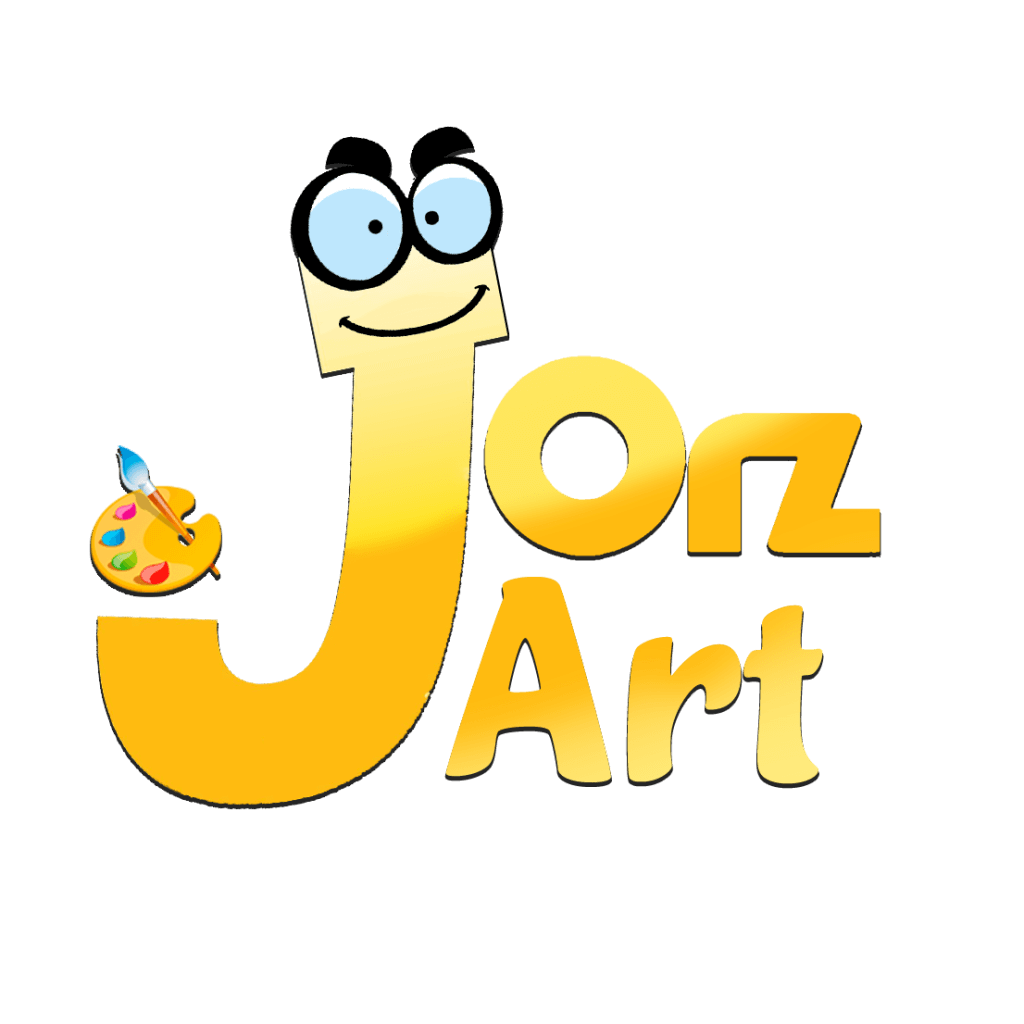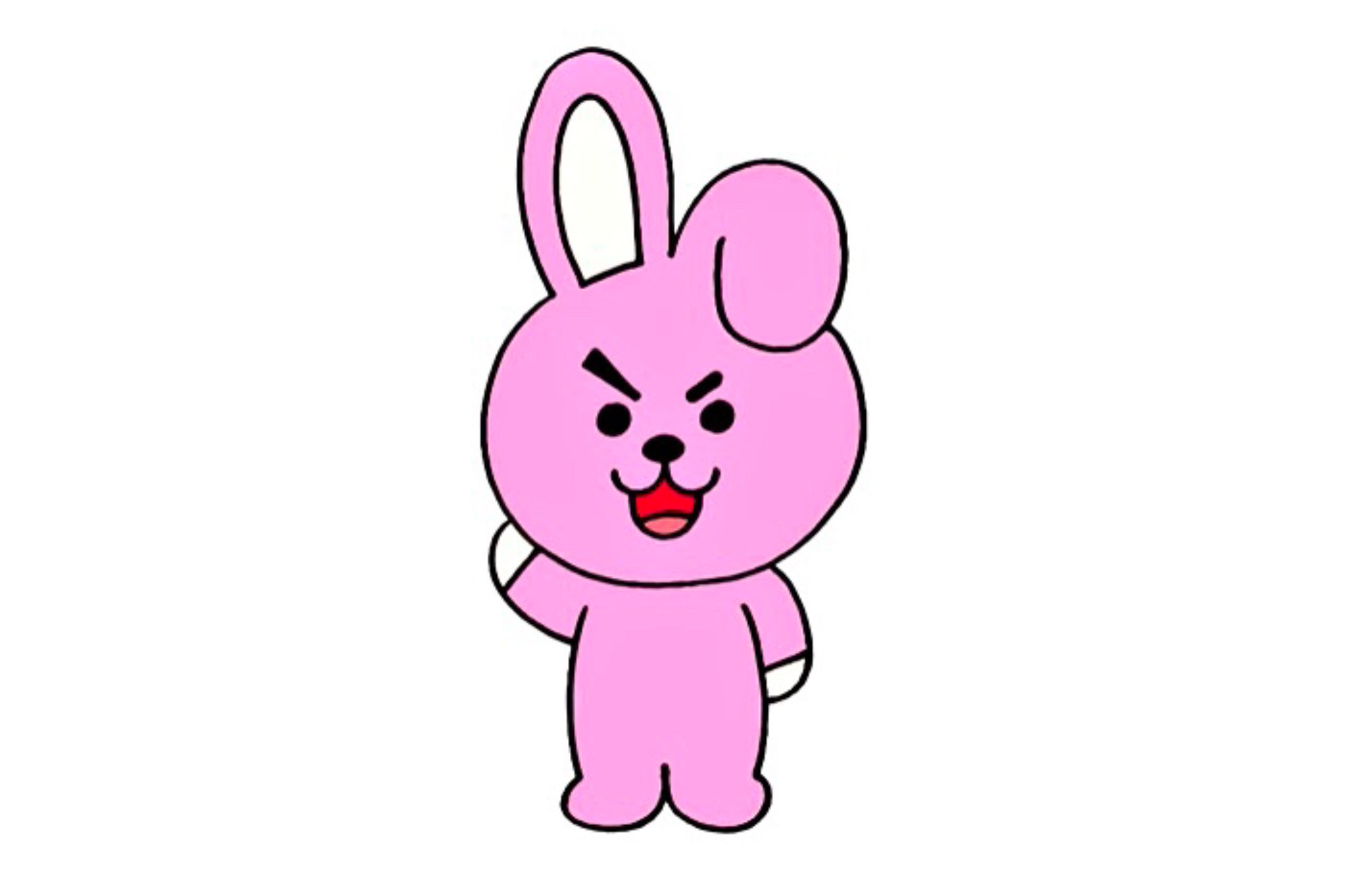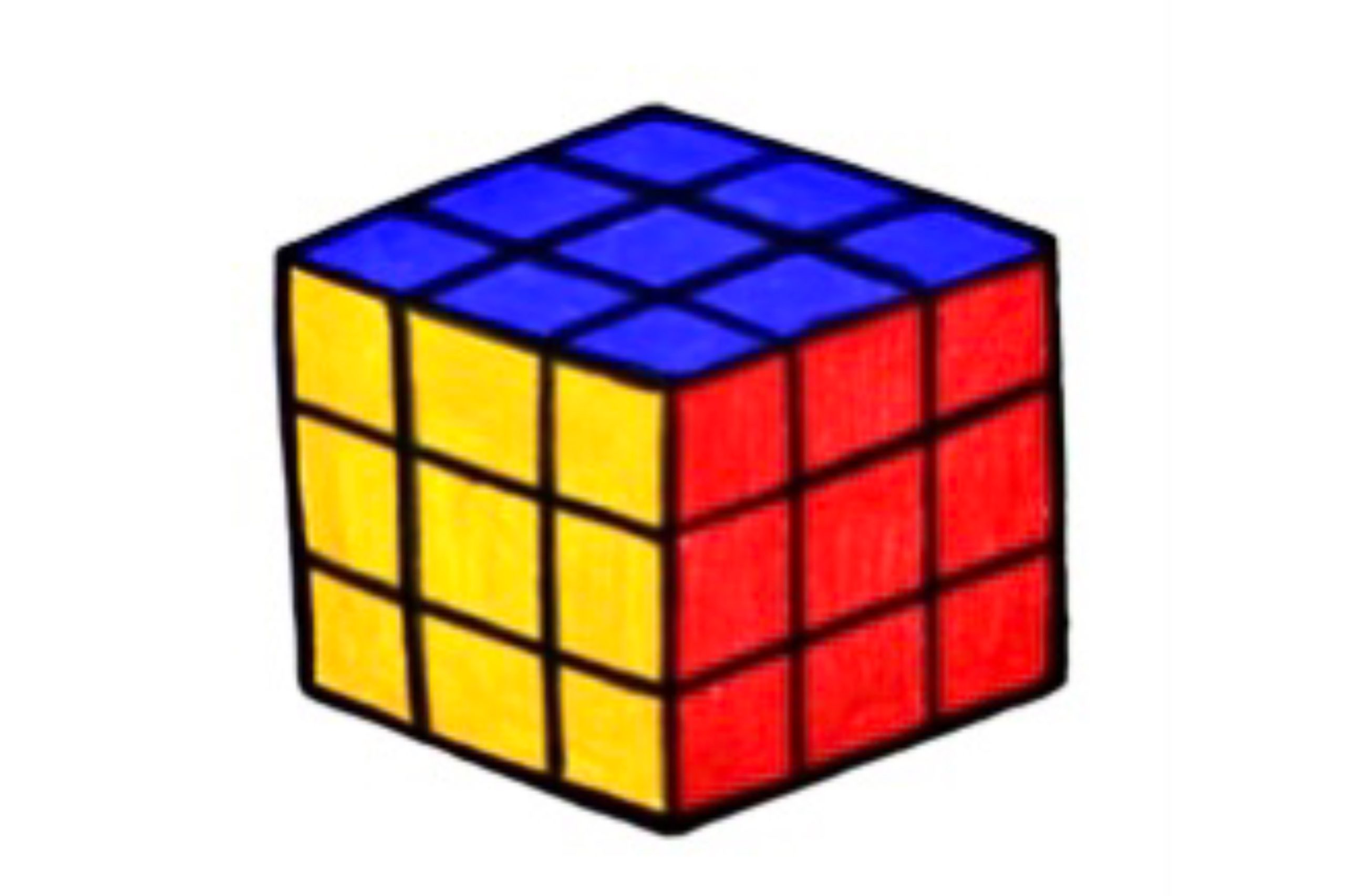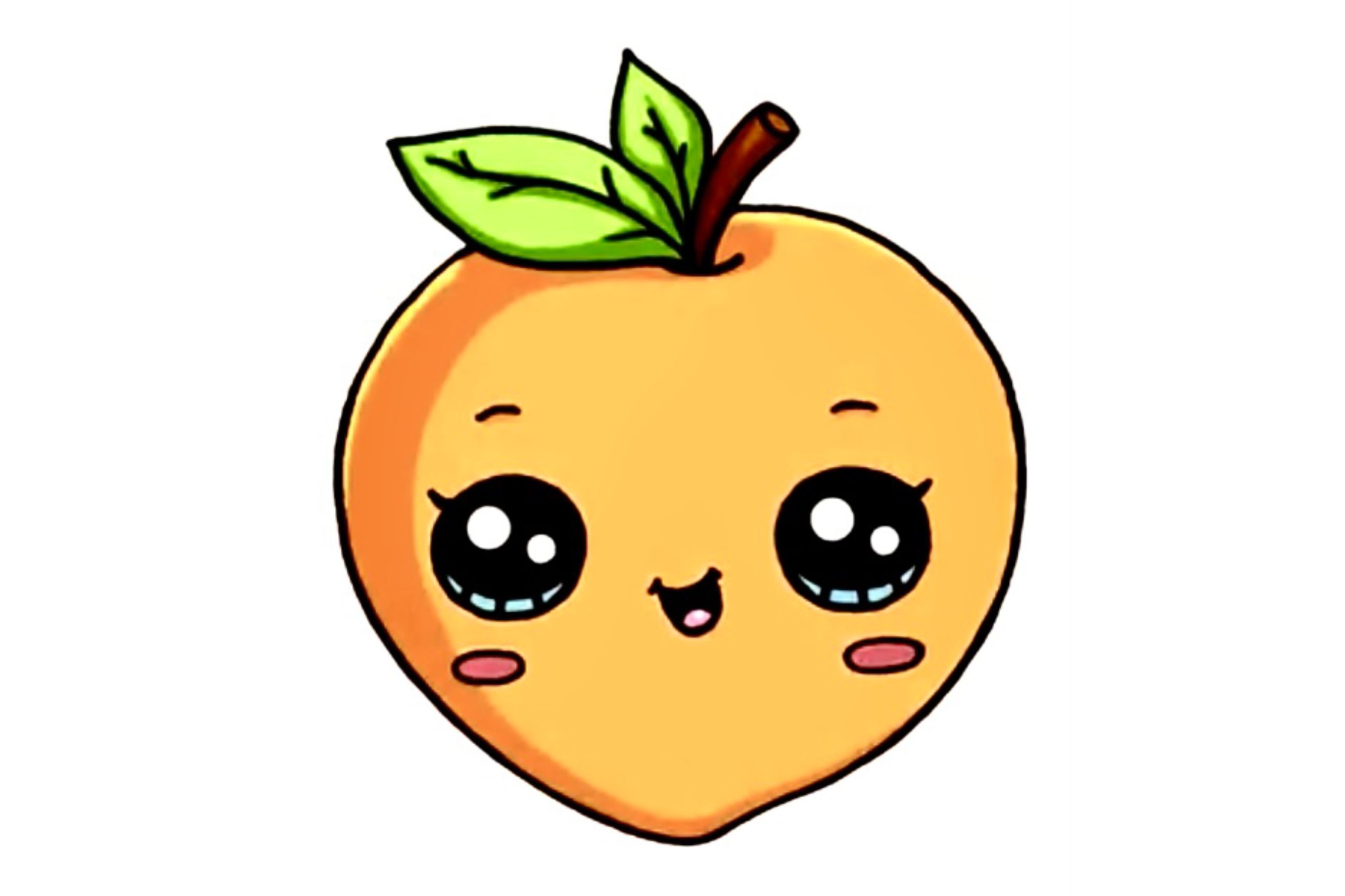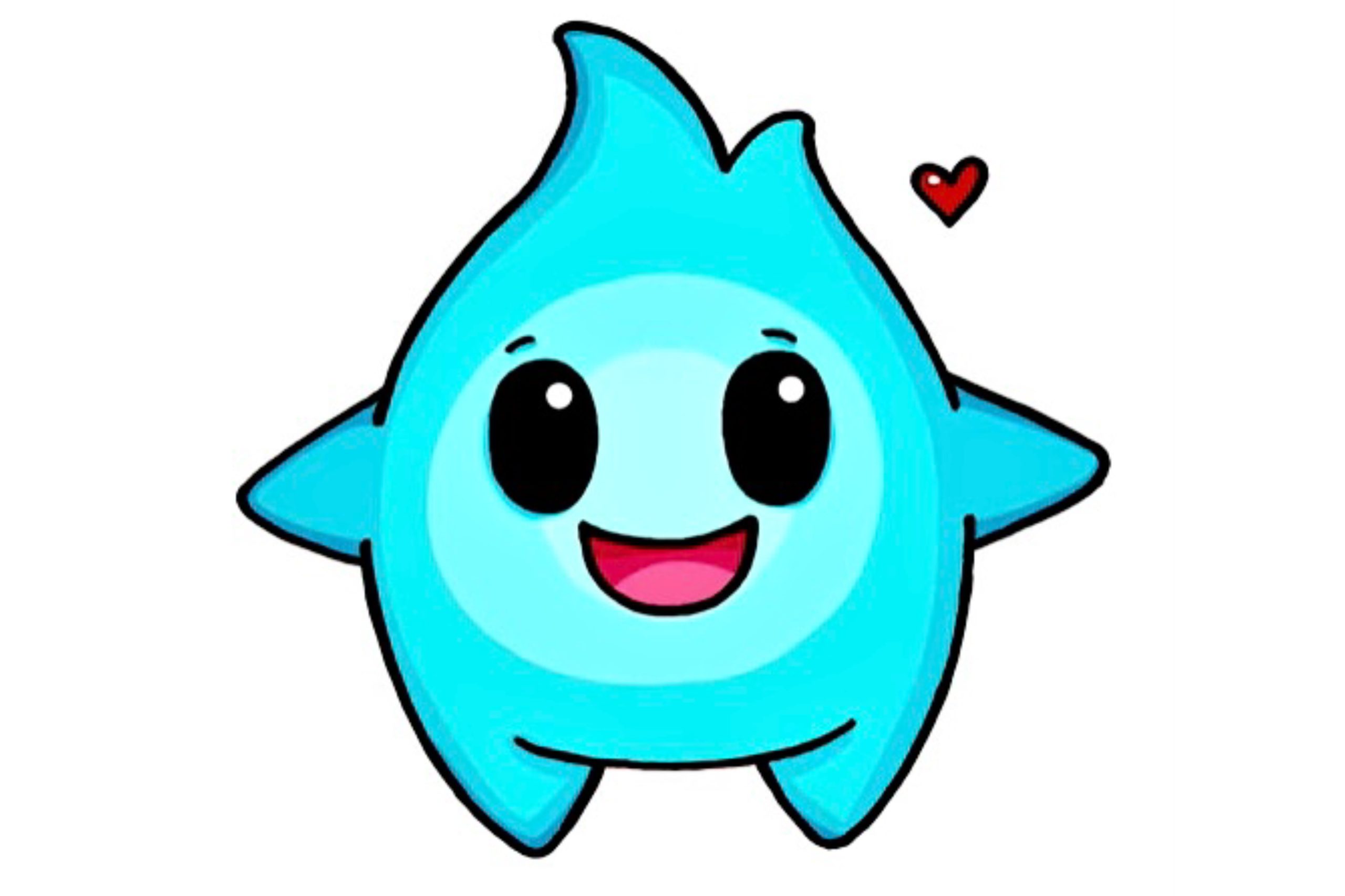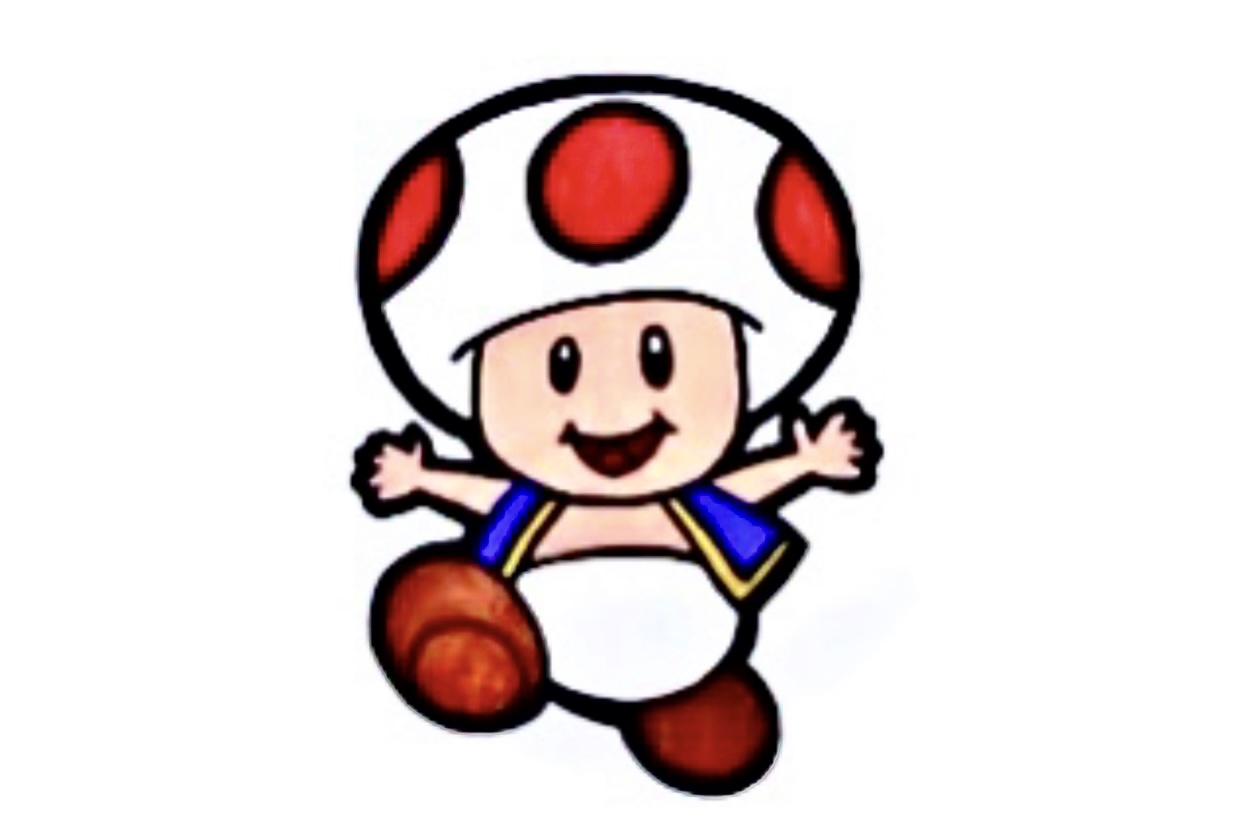Comic book fans and devoted illustrators find nothing quite like it. From science fiction and superheroes to comedies and horror tales, this dynamic format never fails to captivate our attention. So, how do you start? Follow Jorz.art’s step-by-step guide to find out about comic book coloring techniques turn your comic book project into reality!
I – Choosing Your Idea
With the vast amount of content created online and in print, your creative vision sets you apart. Start with an idea you truly believe in. Writing a comic book requires a significant time commitment, so you must be sufficiently interested in the characters and storyline to follow through with your project. The brainstorming phase may vary for everyone, but you can expect your initial idea to develop as you start. Keep a notebook handy to record dialogue fragments, sketches, and comedic ideas as they occur to you.
II – Engaging Scriptwriting
Wow, it’s peculiar to think we start drawing comics, not withdrawing but with writing! But it’s true! We can’t create a good comic without an engaging idea. Presenting the concept in the text can save us editing time later, as editing text is more accessible than editing drawings, right? Consider the following plot points when you start writing your comic:
– Setting: Is the time, location, and general mood clearly defined?
– Characters: Are the primary characters convincing and thoroughly realized? Do they have unique personalities, challenges and motivations?
– Plot: Does the story flow naturally regarding a set-up, rising action, conflict, and resolution, or does it not? Are there any information gaps that could confuse the reader?
– Narration: Is the perspective consistent?
– Theme: What lessons do the characters learn?
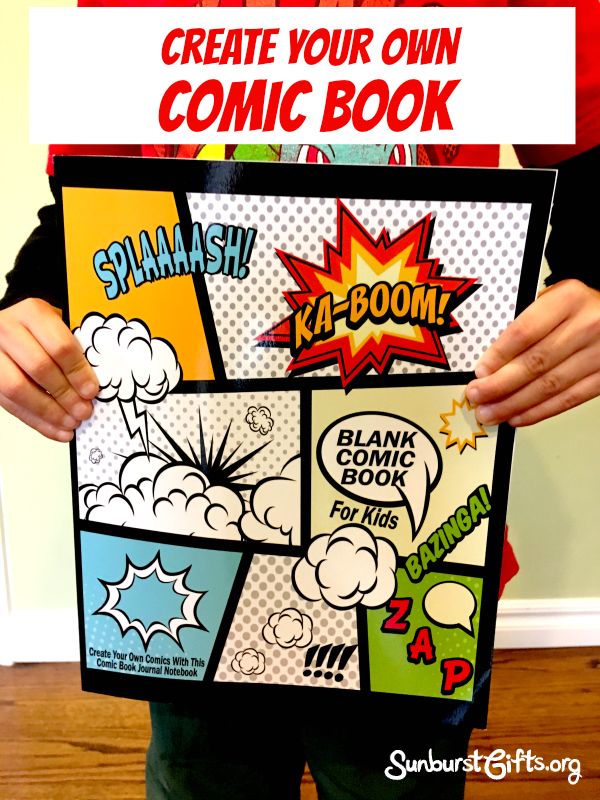
III – Researching the Comic Book Craft
You might have read enough comic books to know how to create your own. However, there’s always more to learn from more experienced illustrators. Between your own creative sessions, read books, interviews, and blogs by your favorite comic book authors to discover their tips and comic book coloring techniques. It’s also worth studying the essential coloring tools to aid you. For each step in this guide, you can find tutorials and in-depth advice for comic artists just starting out. Utilize these resources as teaching aids and sources of motivation anytime you struggle.
You can also conduct research from your own bookshelf. Examine a particular comic book series from a creative and technical perspective, and consider what drew you to it. Pay attention to the artist’s layout, drawing style, color, character, and storytelling decisions. Understanding what you find appealing or effective in others’ work can help you develop your skills and style.
Related topic: Galactic Acrylic Pouring: Creating Cosmic Masterpieces With Fluid Art
IV – Designing Compelling Characters
Once you have a script, the next step is character design! This is a fascinating phase as you finally draw the characters from your imagination! However, to make your comic drawing look more professional, pay attention to character proportions! Remember, in comics, character height can be measured in heads; for example, Doraemon is 2.2 heads tall, Conan is 3 heads tall, etc. Try to maintain this proportion throughout your work!

V – Crafting the Layout
You’re about to complete the actual drawing phase, but the focus here is on determining the layout for each comic page and the overall process. Most comic book writers use thumbnails, incredibly rough drawings of each page layout, to test their content. You want to ensure the text and illustrations fit each frame while driving the story to engage the reader’s interest. Do dialogues work? Is the action explicit? Is there too much or not enough happening on each page? Too much text or too little? Think about creating suspense at the end of the page to compel the reader to continue.
If you encounter any issues with your first set of thumbnails, simply discard that page and start a new sketch. This part of the creative process may involve a lot of trial and error—that’s okay! It’s always better to understand the storyline before spending time inking and coloring your action-scenes coloring page. Otherwise, you risk disappointment later on.
The more you draw, the better you’ll determine how to arrange panels and when to make cuts. Stick to simple layouts if you’re just starting in the comic creation world. Save complex works for a future project when you’ve gained more skills.
VI – Establishing Drawing Guidelines
Experienced comic artists recommend establishing a consistent, achievable, and efficient illustration style tailored to your project’s scope. This could mean assigning specific textures, shadow effects, or comic book coloring techniques to certain characters or backgrounds. Or limit the number of frames per page. These are your guidelines for maintaining visual coherence and avoiding unduly complex drawings that are impossible to replicate.
For beginners, it’s essential to know your strengths and master the comic book coloring techniques you will use before advancing further with your comic book. You don’t want to be learning the basics or attempting to draw characters you’ve never tried before while creating your first comic series. That’s a recipe for slow, frustrating sessions! Additionally, if you experiment too much while creating your comic, the evolution in your drawings will show in the finished version. The first few pages might look significantly different from later ones, where you’ve refined your style.
VII – Script Thumbnail Sketches
The next step is to transform your text script into simple images! At this stage, don’t worry about detail and size; just break down the story onto each page with basic frame shapes, character placement, and dialogue. Managing the story with these thumbnail sketches also helps us visualize the entire layout effectively!
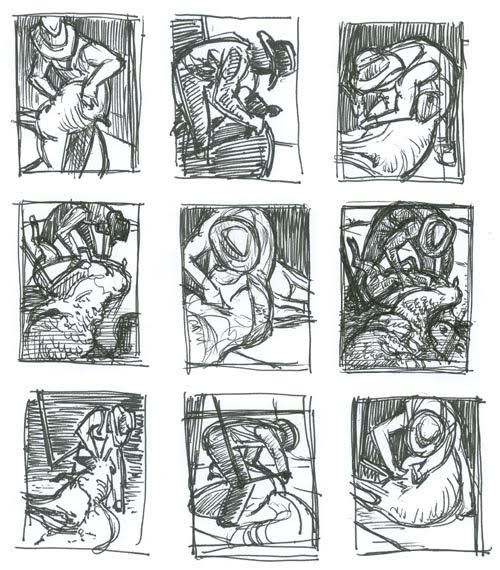
VII – Detailed Sketches
After creating thumbnail sketches, our task is to enlarge these sketches on appropriately sized paper. At this phase, use your character designs prepared in step 4 to ensure characters are accurately and beautifully drawn!!
VIII – Illustration Drawing
Having completed all the planning and troubleshooting, now comes the moment you’ve been anticipating! The drawing process will vary depending on whether you use a pencil, ink, tablet, or drawing software and applications. Whatever drawing technique you decide on, many blogs, videos, and discussion boards can help.
In general, you will follow these steps to complete your comic book illustrations:
– Drawing: If you are working on paper, the first step will be to sketch with a pencil. Start by drafting your illustrations using digital drawing tools or applications. Do not worry about making every drawing flawless on this first pass; you can add all those details later. Just remember to leave space for any annotations or text!
– Inking: This step is crucial in the comic creation process. If earlier stages allowed for pencil corrections, inking requires using specialized ink pens for defining lines. Due to its permanent nature, be absolutely careful at this stage! A small mistake could mean redoing a whole page.
– Post-processing and shading: A comic isn’t complete without dynamic poses, effects, motion lines, color, or grayscale shading. So, don’t forget to spend time on this step!
– Coloring: Pick a basic color scheme for the entire project. Next, give each character or scene a different color to be consistent every time they appear. Continuity is a vital part of visual storytelling!
– Scanning and lettering: Once everything is complete, scan your work to digitize it and insert dialogues! With the advancement of smartphones, scanning comic artwork has become much easier! However, you don’t need to add dialogue with a computer if you have beautiful handwriting. Handwritten text can also contribute to your work’s unique qualities!
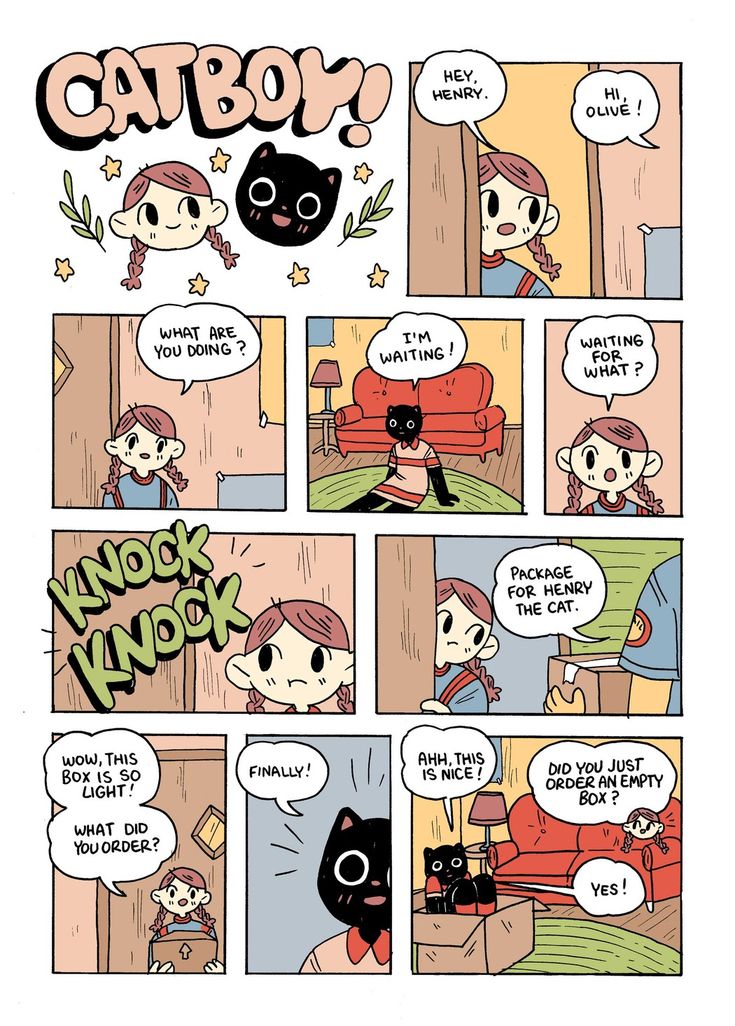
IX – FAQ
1. Where do comic books originate from?
Comic books are a visual medium where ideas are expressed through images, frequently in conjunction with text or other visual data. Comics usually consist of sequences of images, typically with text forms like speech balloons, captions, and sound effects that represent dialogue, narration, or other information. The size and arrangement of the panels contribute to the narrative pacing.
Popular forms in comics include comic strips—sequences of drawings—social satire cartoons, editorial cartoons, and comic books.
Two major comic book traditions that have influenced all modern comics are Japanese comics (Manga) and American comics (Comic). A new genre influenced by Japanese manga is becoming popular: Korean comics (Manhwa). Chinese comics (Manhua) are also gaining a significant market share.
2. What are the differences between Manhwa and Manhua?
- Manhua:
Originating from China, modern Manhua draws heavily from Manga while exploring historical settings. Manhua surpasses Manga and Manhwa in terms of detailed environments and meticulous coloring. Content-wise, Manhua often faces criticism for repetitive settings across different stories, with variations primarily in characters and plot developments. Notable Manhua titles include The Legend of The Sun Knight, Lovely Everywhere, and Once Again.
- Manhwa:
Hailing from South Korea, early Manhwa works were very similar to Manga. However, after 1990, Manhwa developed its distinctive style. What sets Manhwa apart is its use of full-color pages and computer graphics, commonly called webtoons or webcomics. Famous Manhwa titles include Tower of Gods, Who Made Me A Princess, and Something About Us.
3. Coloring Comic Books?
This is optional. Many successful comics are printed in black and white. There are two options for coloring comics: you can color directly on paper using physical coloring tools or digitally after scanning the comics into a computer. Here are comic pages you can print out and practice coloring:
Now you know how to start creating a comic book, the power of creativity is in your hands! Start drawing today!
Comic book fans and devoted illustrators find nothing quite like it. From science fiction and superheroes to comedies and horror… View More
